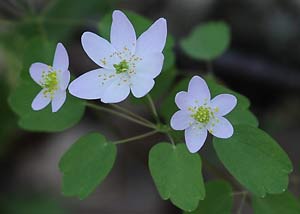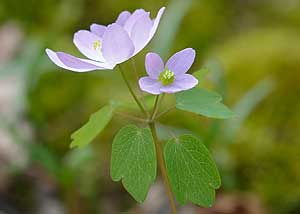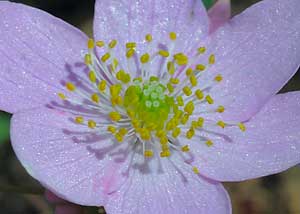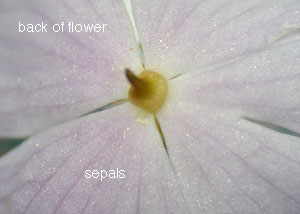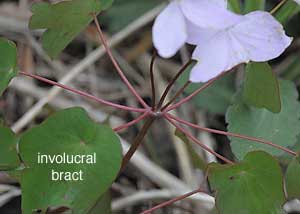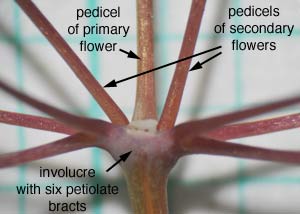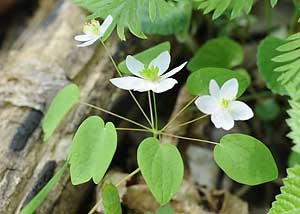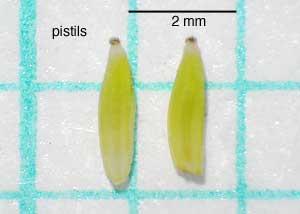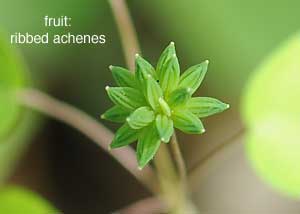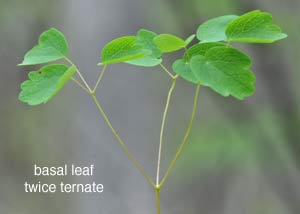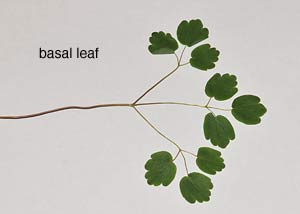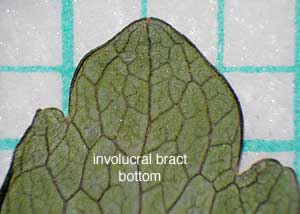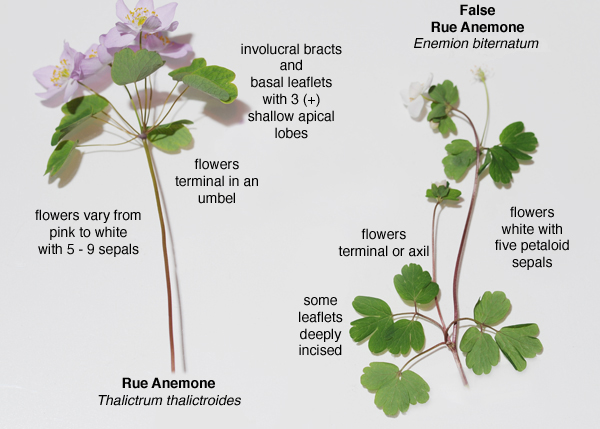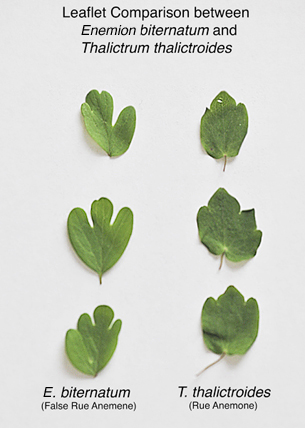
Date: April 13, 2010. Location: U of I Field Sta. (map)
| Classification Hierarchy | |
| Kingdom | Plantae |
| Subkingdom | Tracheophyta |
| Superdivision | Spermatophyta |
| Division | Magnoliophyta |
| Class | Magnoliopsida |
| Subclass | Magnoliidae |
| Order | Ranunculales |
| Family | Ranunculaceae |
| Genus | Thalictrum |
| Species | Thalictrum thalictroides |

Date: April 13, 2010. Location: U of I Field Sta. (map)
BONAP, FNA, ITIS, USDA, VPI, NPGH
Scientific Name: Thalictrum thalictroides [syn. Anemonella thalictroides] (Thalictrum; from a name given by Dioscorides to a plant with divided leaves)
Common Name: Rue Anemone
Origin: Native
Notes: This plant, prefers the rich soils in northern deciduous forests and is sometime confused with false rue anemone (Enemion biturnatum synonym Isopyrum biturnatum) which is often found in forested areas with a limestone substrate. See comparison below.
Additional references: 1, 2, 3.
Flowers: April (late March). inflorescence is solitary or umbel-like with usually 3 (but up to 6) flowers; Involucral bracts (usually 6) shallow lobed and petiolate; Flowers white to rose colored with 5 to 9 petaloid sepals; Fruit, 4-12 fusiform veined achenes.
Leaves: Basal leaves are compound, petiolate, and twice ternate; leaflets broadly ovate and usually 3 or more lobed at the apex, appearing similar to the involucral bracts.
Glossary: Botanical Terms

